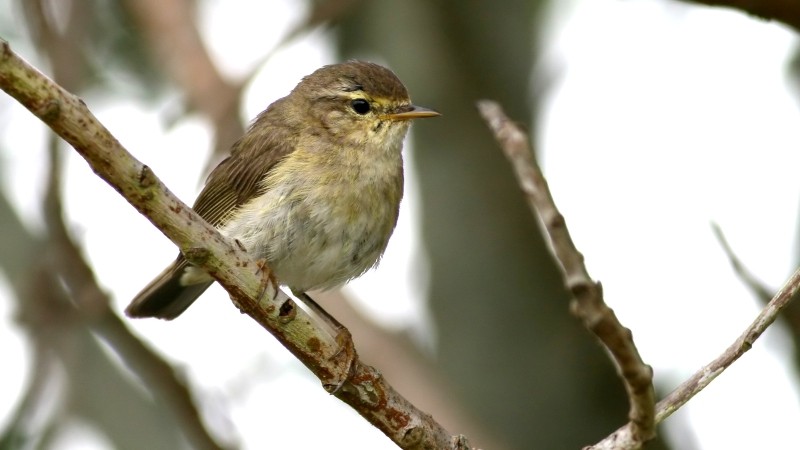Willow Warbler
A species of Chiffchaffs And Allies Scientific name : Phylloscopus trochilus Genus : Chiffchaffs And Allies
Willow Warbler, A species of Chiffchaffs And Allies
Botanical name: Phylloscopus trochilus
Genus: Chiffchaffs And Allies
Content
Description People often ask General Info
 Photo By Ken Billington , used under CC-BY-SA-3.0 /Cropped and compressed from original
Photo By Ken Billington , used under CC-BY-SA-3.0 /Cropped and compressed from original Description
It is easy to mistake the warble for other bird species, but its song is noticeably different. The willow Warbler has a pleasant song that is often heard in thickets and wooded areas. The small bird spends much of the time in temperate habitats but prefers overwintering in warmer climates.
Size
13 cm
Life Expectancy
7 years
Nest Placement
Shrub
Feeding Habits
Willow Warbler primarily consumes insects and spiders, efficiently foraging among foliage and engaging in flycatching behavior. Seasonally, willow Warbler supplements its diet with berries, showcasing an adaptive variety in food preference.
Habitat
Willow Warbler's natural habitats encompass open woodlands, especially those replete with birch and willow trees. These birds adapt to a range of forested settings, including deciduous and mixed forests, forest peripheries, and arctic tundra areas with adequate shrubby growth. While breeding, willow Warbler occupies temperate heathlands, alder swamps, and montane scrublands up to 1000 meters elevation. In the non-breeding season, willow Warbler frequents various open landscapes with tree coverage, such as African woodlands and grasslands, sometimes at altitudes as high as 3500 meters.
Dite type
Insectivorous
People often ask
General Info
Feeding Habits
Bird food type
Bird Feeder Type

Platform
Sounds
Song
Recording location: Belgium
Song
Recording location: Belgium
Call
Recording location: Zambia
Behavior
All populations are highly migratory, with the subspecies P. t. yakutensis migrating up to 12,000 km from eastern Siberia to southern Africa along the Asian - East African Flyway, one of the longest migrations of any for a bird of its size. Approximate timings are: October to March: wintering in sub Saharan Africa. Mid March to mid May: migrates and arrives in the breeding range. Late April to August: breeding season, usually only one brood but rarely two. August to October: migrates back to Africa. 
Species Status
In England this species has on average decreased in population by 70% within the last 25 years, with the biggest declines in the southeast. In Scotland some increases have occurred. The Forestry Commission offers grants under a scheme called England's Woodland Improvement Grant (EWIG); as does Natural Englands Environmental Stewardship Scheme. 
Scientific Classification
Phylum
Chordates Class
Birds Order
Perching birds Family
Phylloscopidae Genus
Chiffchaffs And Allies Species
Willow Warbler